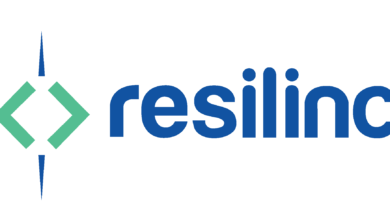UW-La Crosse Students and Staff Debate AI Uses on Campus

(TNS) — As the artificial intelligence software boom continues across the country, it’s creating many questions about the proper use of the new technology.
One of the early concerns about AI was its integration in classrooms and universities. UW-La Crosse campus members gathered Friday to discuss and debate how the burgeoning technology fits into their courses and future policies.
A survey conducted by psychology professor Tesia Marshik found about half of UW-L students and instructors have used AI for their courses, and 5 percent of students reported using AI “most of the time” in the classroom.
Within the classroom, AI is catching on. Half of students surveyed said their instructor had policies on AI written into the course, and 40 percent discussed using AI in class. Only 15 percent of students said they had an instructor who had zero policy or discussion on AI.
‘GRAVE’ NEED FOR COMMUNICATION
Most instructors at the summit said their latest concerns are not about whether or not AI will be used, given how far the technology has spread. Instead, instructors brainstormed how the classroom can adapt so students can still learn in a meaningful way.”Students are walking from class to class with totally different expectations on how to use AI,” said English professor Bryan Kopp. “The need for communication between students and faculty about this is grave.”
Mathematics professor Joshua Hertel used AI-assisted camera calculators as a prime example for changing learning objectives. Instead of asking students to solve quick problems a device with a camera could solve, Hertel has students apply the solved equations into problems with choices that expose AI’s lack of critical thinking.
By changing the questions Hertel asked, he was able to use AI as a tool like any other calculator while still engaging his students in the coursework they need.
Other instructors such as Andreas Eklund use AI for its generative possibilities. Eklund has his marketing students use DALLE-3, a picture generating AI, to create personas based around target market consumers.
In Eklund’s example, students input demographics, psychological preferences, shopping habits and more into DALLE-3 and ChatGPT to generate a picture and bio of potential consumers. From there, Eklund hopes students can have a better idea of who they will be marketing toward.
While instructors pave the way for AI’s uses on campus, the next step for UW-L is policy-making and regulation.
“Policy should only exist when it is essential to have it,” faculty senator Greg Ormes said in a panel discussion. “I think this technology has emerged as essential to address for our students and our faculty.”
What constitutes AI or not will be a larger discussion in the near future. Grammarly, a word editing software, uses AI to predict upcoming text and rewrite grammar corrections. Because of its generative properties, dean of students Kara Ostlund said a student was recently accused of academic misconduct despite their instructor encouraging the use of Grammarly.
This gray area of allowable AI use is an aspect students say needs to be developed. By disregarding AI and its possibilities, student representative Nainil Mukesh Jariwala said the university will falter compared to its peers.
“I don’t want to be behind in this race,” Mukesh Jariwala said. “In my hometown, people all over refused to adapt to Windows at first. Now, they struggle to even use Word docs. I don’t want to see us be behind like that.”
Mukesh Jariwala said software like ChatGPT has been helpful for students with learning limitations and language barriers to adapt to their classrooms. He added that ChatGPT is so efficient at translation, he can even use it for generational dialects.
Because it is so useful for some students, Mukesh Jariwala and other panelists agreed that creating more AI policies will keep UW-L in line with the way of the future.
©2024 Winona Daily News, Minn. Distributed by Tribune Content Agency, LLC.



